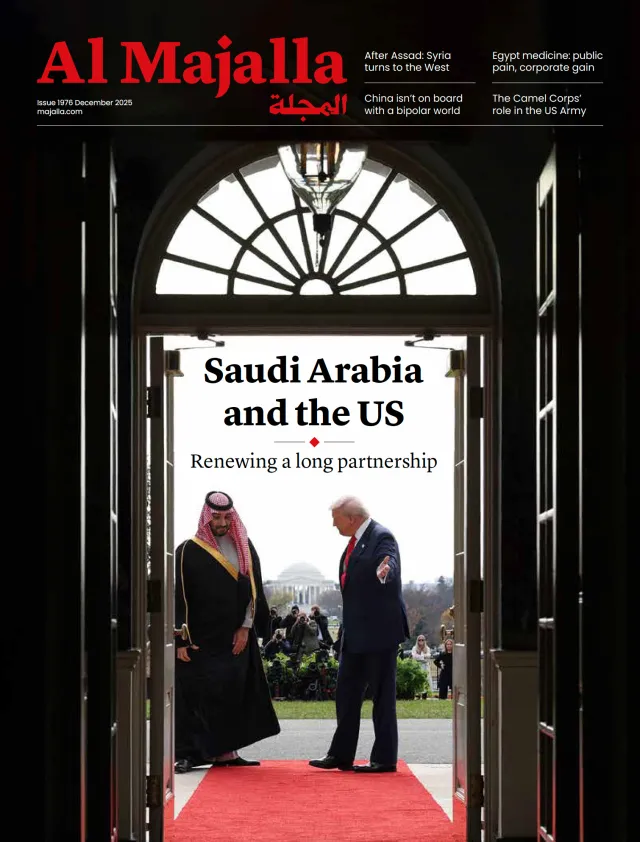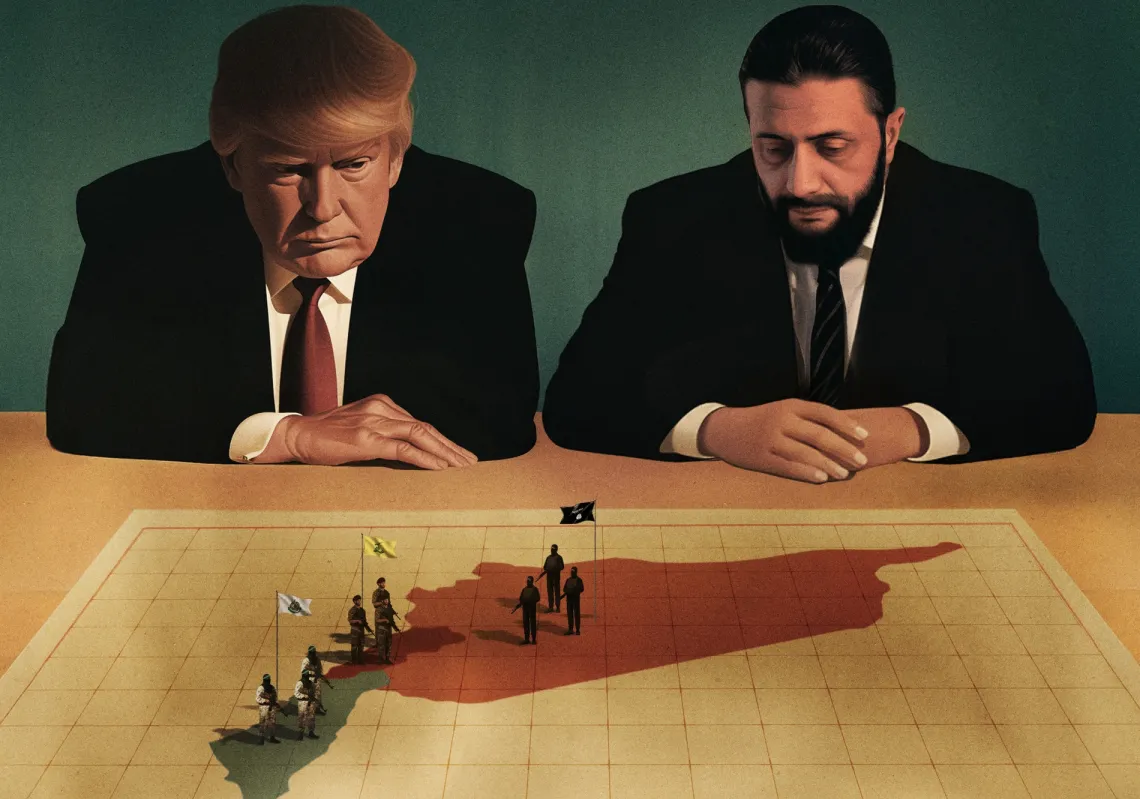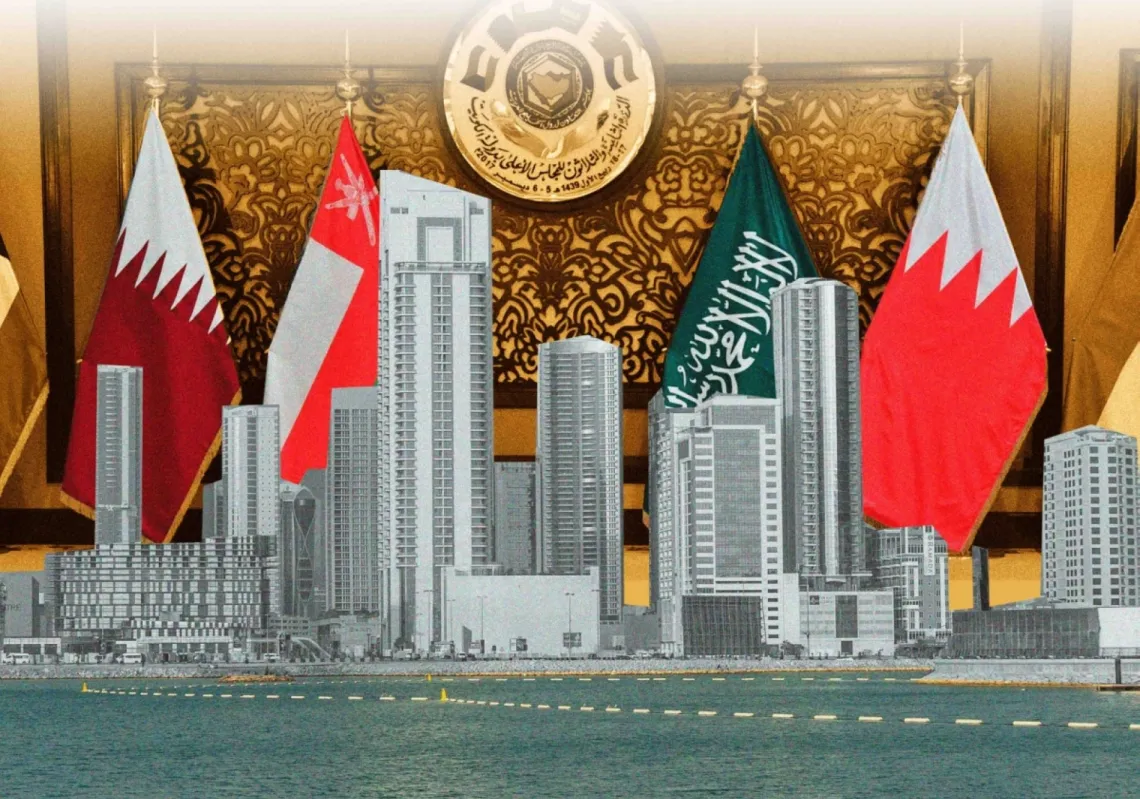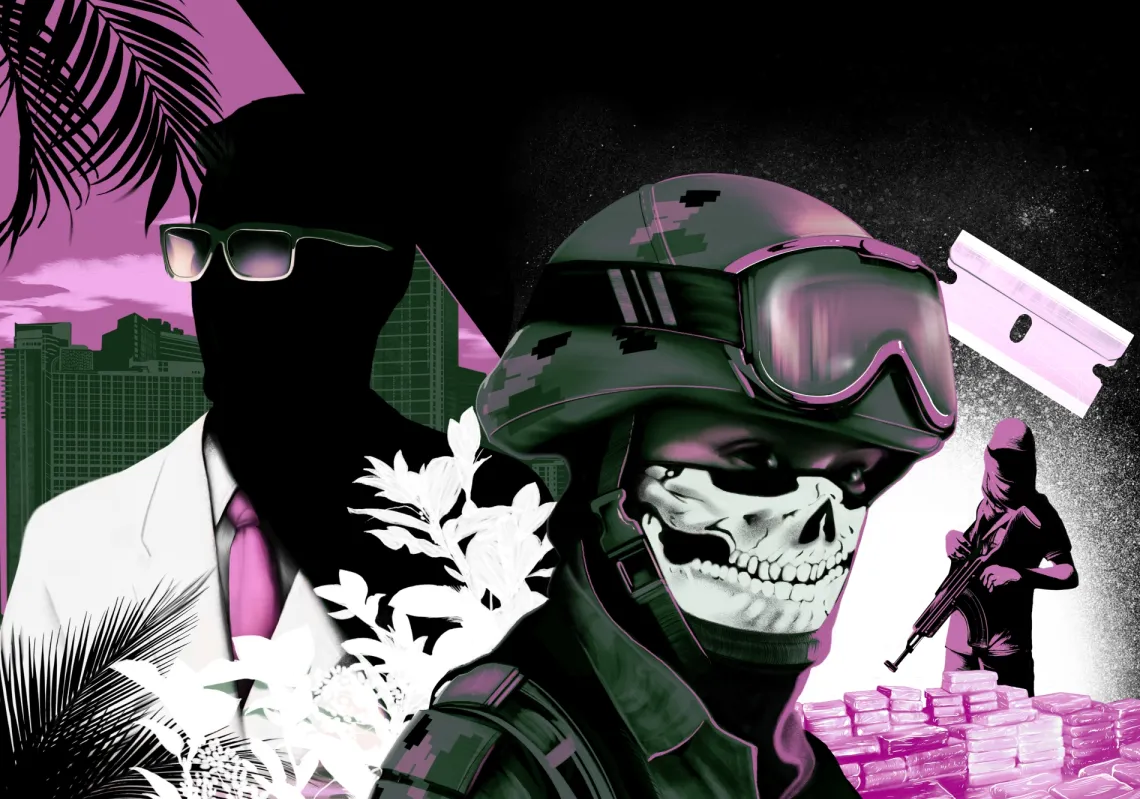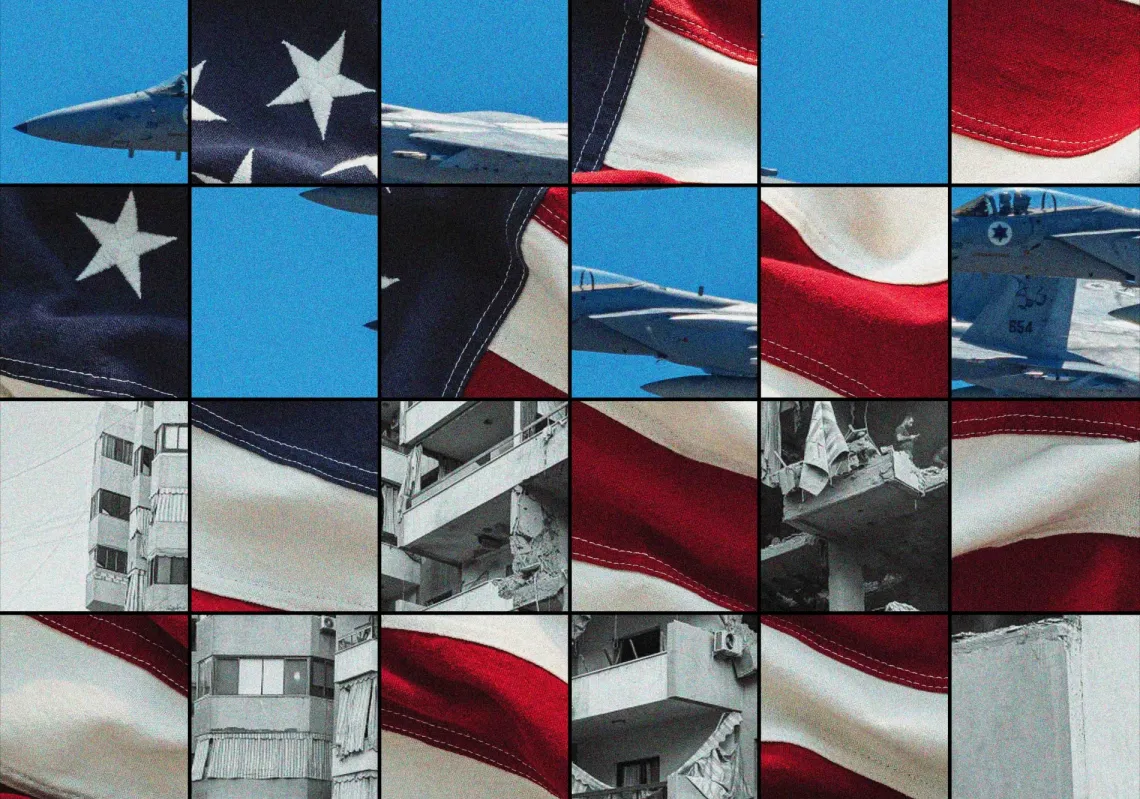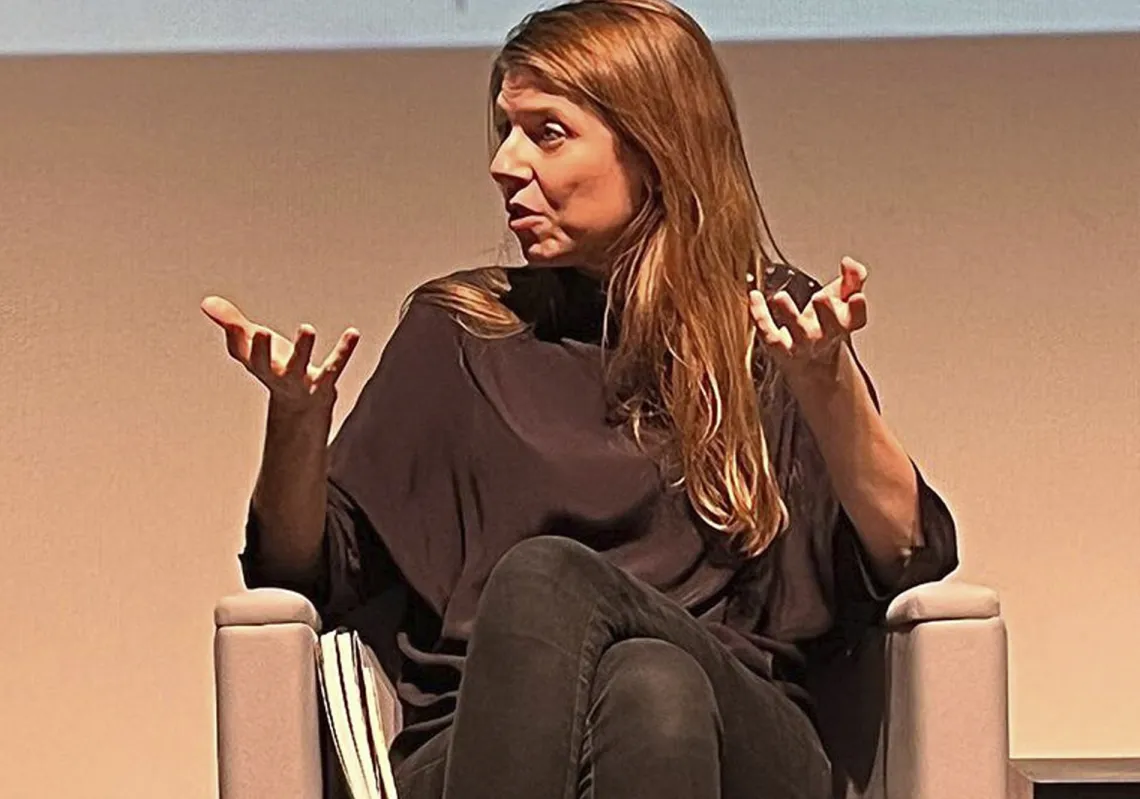On the night of 17 October 2019, as anti-government protests swept through Lebanon, someone said: “Tonight, the Lebanese civil war ended.” That phrase soon became widely echoed. It captured a deep-rooted sentiment that the Lebanese people—by collectively and spontaneously mobilising around a common cause—were finally marking the end of a long conflict, at least symbolically.
This was not the first time Lebanese citizens felt compelled to announce the civil war’s conclusion, first in 1990, when the war’s end was officially declared, then in 2000, when Israel withdrew, then again in 2005, following the assassination of former Prime Minister Rafic Hariri and the subsequent departure of Syrian forces.
In between these junctures (that each prompted the people of Lebanon to cite an end to the feuding and grievances that had torn them apart) were episodes of unrest or disagreement that prompted fears of a return to civil war. Lebanese have ridden this rollercoaster reluctantly and involuntarily for three decades.
The Lebanese people have a sincere longing to move past the underlying conflict that contributed to the country’s 15-year civil war (1975-90). They also have a deep fear that the war never truly ended and could reignite at any moment. Despite the dismantling of barricades and the unification of constitutional institutions, there was never a genuine or comprehensive national reconciliation.
After the civil war, Lebanon spent 15 years under Syrian domination, culminating in Hariri’s assassination. It then spent the next 15 years in a state of political instability and economic turmoil, culminating in the financial collapse of 2019.

Furthermore, from 1990 to 2025, Lebanon has endured repeated confrontations with Israel and the spillover effects of Syria’s civil war. Throughout, there have been political assassinations, sporadic armed conflicts, sectarianism, and criminality. Often, these are intertwined.
Lack of cohesion
With the founding of ‘Greater Lebanon’ on 1 September 1920, the Lebanese people were divided politically and ideologically about the nascent state and its legitimacy. The following century was shaped by wars, crises, disputes, and contradictions, but a century later, there is now a broad consensus on Lebanon’s permanence and a rejection of its absorption into any other entity.
Debates over the state’s Arab identity were addressed by the Taif Agreement that concluded the civil war, but as a society, Lebanon lacks a robust founding myth. There is no national commemoration of the establishment of Greater Lebanon as a defining moment and widespread cynicism towards Independence Day.
Genuine integration of diverse identities into a cohesive national framework requires the construction of a profound historical narrative, something much deeper than the 1920 proclamation at the Pine Palace (the details of which remain largely obscure).
This lack of cohesion contributes to a seemingly endless cycle of crises, roughly one every 15 years. From independence (1943) to the uprising against President Camille Chamoun (1958), to the outbreak of civil war (1975), to the Taif Agreement (1990), to the assassination of Hariri (2005), to the October 2019 uprising, it is as if Lebanon is fated to perpetual unrest and unresolved conflict.

